Home>Others>Specialized Home Improvement Topics>How To Restore Rubber Around Car Windows
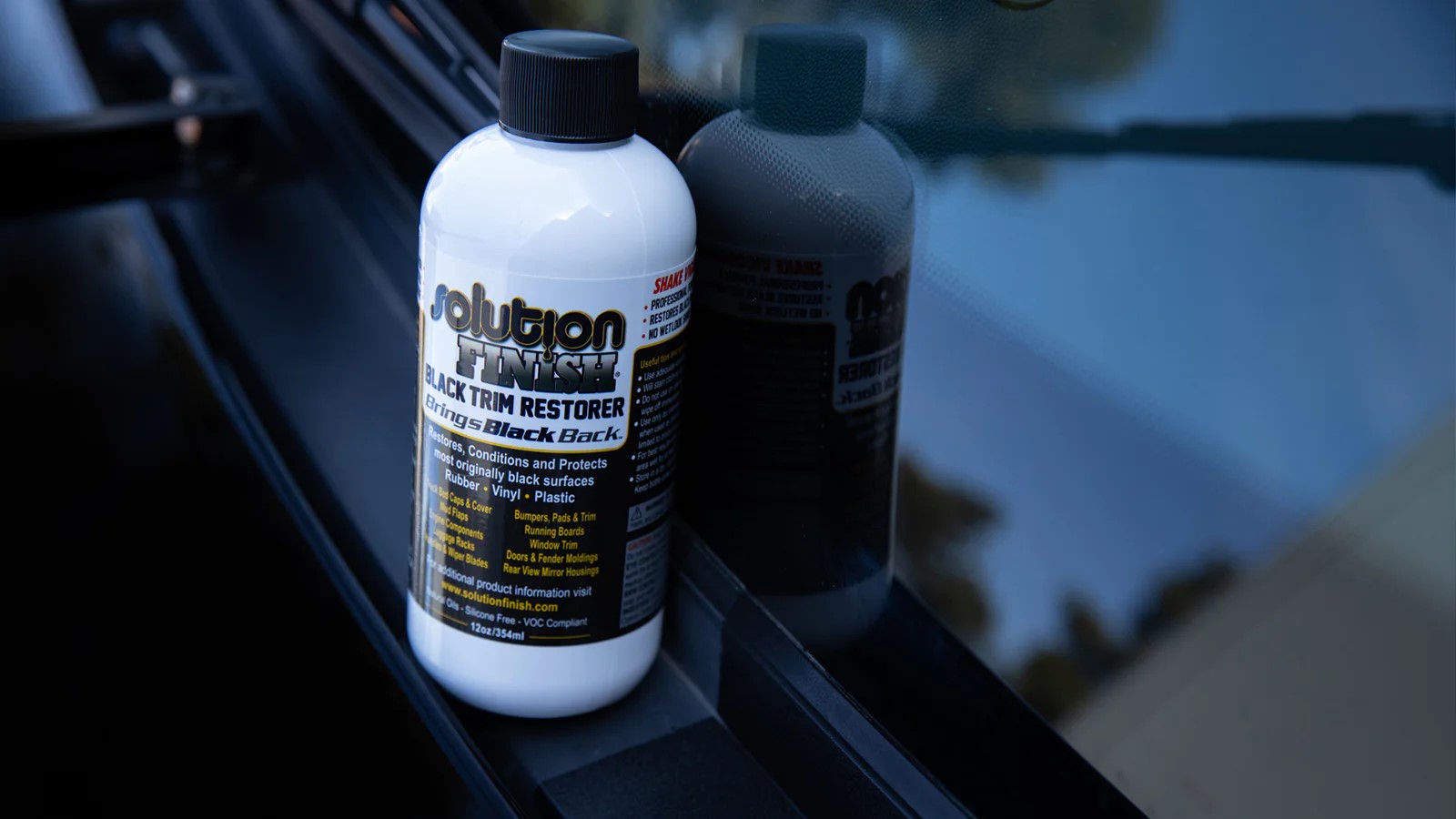

Specialized Home Improvement Topics
How To Restore Rubber Around Car Windows
Modified: January 14, 2024
Learn how to effectively restore the rubber around your car windows with our specialized home improvement tips. Keep your vehicle looking its best!
(Many of the links in this article redirect to a specific reviewed product. Your purchase of these products through affiliate links helps to generate commission for Storables.com, at no extra cost. Learn more)
Introduction
When it comes to maintaining our vehicles, we often focus on the external and internal components, such as the engine, tires, and interior upholstery. However, one crucial yet often overlooked area is the rubber surrounding our car windows. Over time, this rubber can deteriorate, leading to a range of issues including leaks, wind noise, and diminished aesthetic appeal. In this comprehensive guide, we will delve into the causes of rubber damage, effective cleaning methods, techniques for restoring damaged rubber, and preventive maintenance measures. By understanding and implementing these strategies, you can prolong the lifespan of your car's rubber window seals, ensuring a snug and secure fit while enhancing the overall appearance of your vehicle. Let's embark on this journey to learn how to restore and maintain the rubber around car windows, ensuring a smooth and enjoyable ride for years to come.
Key Takeaways:
- Protect your car’s rubber window seals by cleaning with a mild detergent, applying a rubber protectant, and avoiding harsh chemicals to prevent damage and maintain a snug fit.
- Regularly inspect and clean your car’s rubber window seals, utilize rubber conditioners, and implement preventive measures to safeguard against UV exposure and extreme temperatures for prolonged durability.
Read more: What Is The Rubber Around Car Windows Called
Understanding the Causes of Rubber Damage
Before delving into the restoration and maintenance processes, it’s essential to comprehend the factors that contribute to rubber damage around car windows. The rubber seals play a critical role in preventing water, wind, and noise from infiltrating the vehicle’s interior. However, exposure to various environmental elements can lead to degradation over time. Here are the primary causes of rubber damage:
- UV Exposure: Prolonged exposure to sunlight can cause the rubber to dry out and become brittle, leading to cracks and deterioration.
- Extreme Temperatures: Fluctuations in temperature, especially freezing conditions, can cause the rubber to contract and expand, eventually leading to wear and tear.
- Moisture and Humidity: Continuous exposure to moisture and high humidity levels can accelerate the breakdown of rubber seals, leading to mold growth and deterioration.
- Chemical Exposure: Contact with harsh chemicals, such as certain cleaning agents and road treatments, can degrade the rubber over time.
- Age and Wear: As vehicles age, the rubber seals naturally deteriorate due to wear and tear, leading to diminished elasticity and functionality.
By recognizing these causes, you can proactively take steps to mitigate the effects and preserve the integrity of the rubber around your car windows. Next, we’ll explore effective cleaning methods to rejuvenate the rubber seals and enhance their longevity.
Cleaning the Rubber Around Car Windows
Regular cleaning and maintenance are vital to preserving the condition of the rubber surrounding your car windows. Over time, dirt, grime, and environmental residue can accumulate on the rubber seals, compromising their effectiveness and visual appeal. Here’s a step-by-step guide to effectively clean the rubber around your car windows:
- Gather Supplies: Begin by assembling the necessary supplies, including a mild detergent or soap, water, a soft-bristled brush or sponge, and a clean, dry cloth.
- Preparation: Park your vehicle in a shaded area to prevent the cleaning solution from drying too quickly and to avoid direct sunlight, which can further damage the rubber.
- Dilute the Cleaning Solution: Mix the mild detergent or soap with water to create a gentle cleaning solution. Avoid using harsh chemicals or solvents that can accelerate rubber deterioration.
- Application: Dip the soft-bristled brush or sponge into the cleaning solution and gently scrub the rubber seals around the car windows. Pay special attention to areas with visible dirt, grime, or discoloration.
- Rinse Thoroughly: After cleaning, use a hose or clean damp cloth to thoroughly rinse the rubber seals, ensuring that all traces of the cleaning solution and dirt are removed.
- Dry Carefully: Use a clean, dry cloth to carefully dry the rubber seals. Ensure that no moisture is left behind, as prolonged dampness can contribute to mold growth and deterioration.
- Apply Rubber Protectant: Once the rubber seals are thoroughly dry, consider applying a specialized rubber protectant or conditioner to nourish and protect the rubber from environmental elements.
By incorporating this regular cleaning regimen into your vehicle maintenance routine, you can effectively remove dirt and grime, prevent premature deterioration, and maintain the aesthetic appeal of the rubber surrounding your car windows. Now, let’s explore the techniques for restoring damaged rubber to mitigate the effects of wear and tear.
Use a rubber restorer product to clean and restore the rubber around car windows. Apply the product with a clean cloth and follow the instructions on the product for best results.
Restoring Damaged Rubber
Over time, the rubber seals around car windows may exhibit signs of wear, including cracks, brittleness, and diminished flexibility. Restoring damaged rubber is essential to maintain the integrity and functionality of the seals. Here are effective techniques for rejuvenating and restoring damaged rubber:
- Clean the Rubber: Before initiating the restoration process, ensure that the rubber seals are thoroughly cleaned using the steps outlined earlier. Removing dirt and grime is crucial for the restoration products to effectively penetrate the rubber.
- Utilize Rubber Conditioner: Invest in a high-quality rubber conditioner or seal restorer designed specifically for automotive use. These products are formulated to penetrate the rubber, moisturize it, and restore its flexibility, preventing further deterioration.
- Application of Conditioner: Apply the rubber conditioner or restorer generously to the rubber seals, ensuring even coverage. Use a clean, lint-free cloth to massage the product into the rubber, allowing it to penetrate the surface for optimal results.
- Repeat Application: For severely damaged rubber, multiple applications of the conditioner may be necessary. Follow the manufacturer’s instructions regarding the frequency of application and drying times.
- Protect from UV Exposure: After restoring the rubber, it’s crucial to protect it from further UV exposure. Consider parking your vehicle in shaded areas or utilizing a car cover to shield the rubber seals from direct sunlight.
- Regular Maintenance: Incorporate the use of rubber conditioners into your regular vehicle maintenance routine to prevent future damage and prolong the lifespan of the rubber seals.
By following these restoration techniques and incorporating rubber conditioners into your maintenance regimen, you can effectively revitalize damaged rubber seals, ensuring a snug fit, enhanced functionality, and prolonged durability. Next, we’ll explore preventive maintenance measures to safeguard the rubber around your car windows from potential damage.
Preventive Maintenance for Rubber Around Car Windows
Preventive maintenance plays a crucial role in safeguarding the rubber seals around car windows from premature deterioration. By implementing proactive measures, you can mitigate the effects of environmental elements and aging, ensuring the longevity and functionality of the rubber seals. Here are essential preventive maintenance steps to preserve the rubber around your car windows:
- Regular Cleaning: As discussed earlier, regular cleaning is essential to remove dirt, grime, and environmental residue that can compromise the integrity of the rubber seals. Incorporate a gentle cleaning regimen into your vehicle maintenance routine.
- Application of Rubber Protectant: Invest in a high-quality rubber protectant or conditioner designed for automotive use. Periodically apply the protectant to the rubber seals to nourish and shield them from UV exposure, moisture, and environmental contaminants.
- Inspect for Damage: Routinely inspect the rubber seals for signs of damage, including cracks, brittleness, and discoloration. Promptly address any issues to prevent further deterioration and maintain a tight seal around the car windows.
- Protect from Extreme Temperatures: During hot summer months, consider using sunshades or parking in shaded areas to reduce UV exposure. In freezing conditions, avoid forcefully opening frozen windows, which can strain the rubber seals.
- Utilize Lubricants: Apply a silicone-based lubricant to the rubber seals periodically to maintain their flexibility and prevent them from sticking to the window glass, especially in older vehicles with manual windows.
- Replace Worn Seals: If the rubber seals exhibit extensive damage or wear that cannot be effectively restored, consider replacing them with high-quality, OEM (original equipment manufacturer) or aftermarket seals to ensure a proper fit and seal.
By integrating these preventive maintenance measures into your vehicle care routine, you can effectively preserve the condition and functionality of the rubber surrounding your car windows, mitigating the effects of aging and environmental exposure. Now, let’s conclude our guide on restoring and maintaining the rubber around car windows.
Conclusion
As we conclude our comprehensive guide on restoring and maintaining the rubber around car windows, it’s evident that proactive care and maintenance are essential to preserve the integrity and functionality of the rubber seals. By understanding the causes of rubber damage and implementing effective cleaning, restoration, and preventive maintenance strategies, you can prolong the lifespan of the rubber seals, ensuring a snug fit, enhanced functionality, and a visually appealing exterior. Whether you’re driving a modern vehicle or a classic car, the rubber surrounding the windows plays a critical role in safeguarding the interior from the elements and contributing to a comfortable driving experience.
Regularly cleaning the rubber seals, utilizing specialized rubber conditioners, and implementing preventive measures such as UV protection and lubrication are integral to maintaining the health of the rubber seals. Additionally, promptly addressing any signs of damage and considering replacement when necessary can prevent potential issues such as water leaks, wind noise, and diminished insulation.
By incorporating these practices into your vehicle maintenance routine, you can enjoy the peace of mind that comes with knowing your car’s rubber seals are well-maintained and capable of providing optimal protection and functionality. Whether you’re embarking on a road trip or navigating daily commutes, the restored and well-maintained rubber seals will contribute to a smoother and more enjoyable driving experience.
Remember, the rubber around your car windows is not merely a functional component but also a vital element in preserving the overall aesthetic and structural integrity of your vehicle. With proper care and attention, you can ensure that the rubber seals serve their purpose effectively, contributing to a comfortable, secure, and visually appealing driving environment for years to come.
So, take the time to care for the rubber around your car windows, and reap the benefits of a well-maintained and rejuvenated component that enhances the overall quality of your driving experience.
Frequently Asked Questions about How To Restore Rubber Around Car Windows
Was this page helpful?
At Storables.com, we guarantee accurate and reliable information. Our content, validated by Expert Board Contributors, is crafted following stringent Editorial Policies. We're committed to providing you with well-researched, expert-backed insights for all your informational needs.
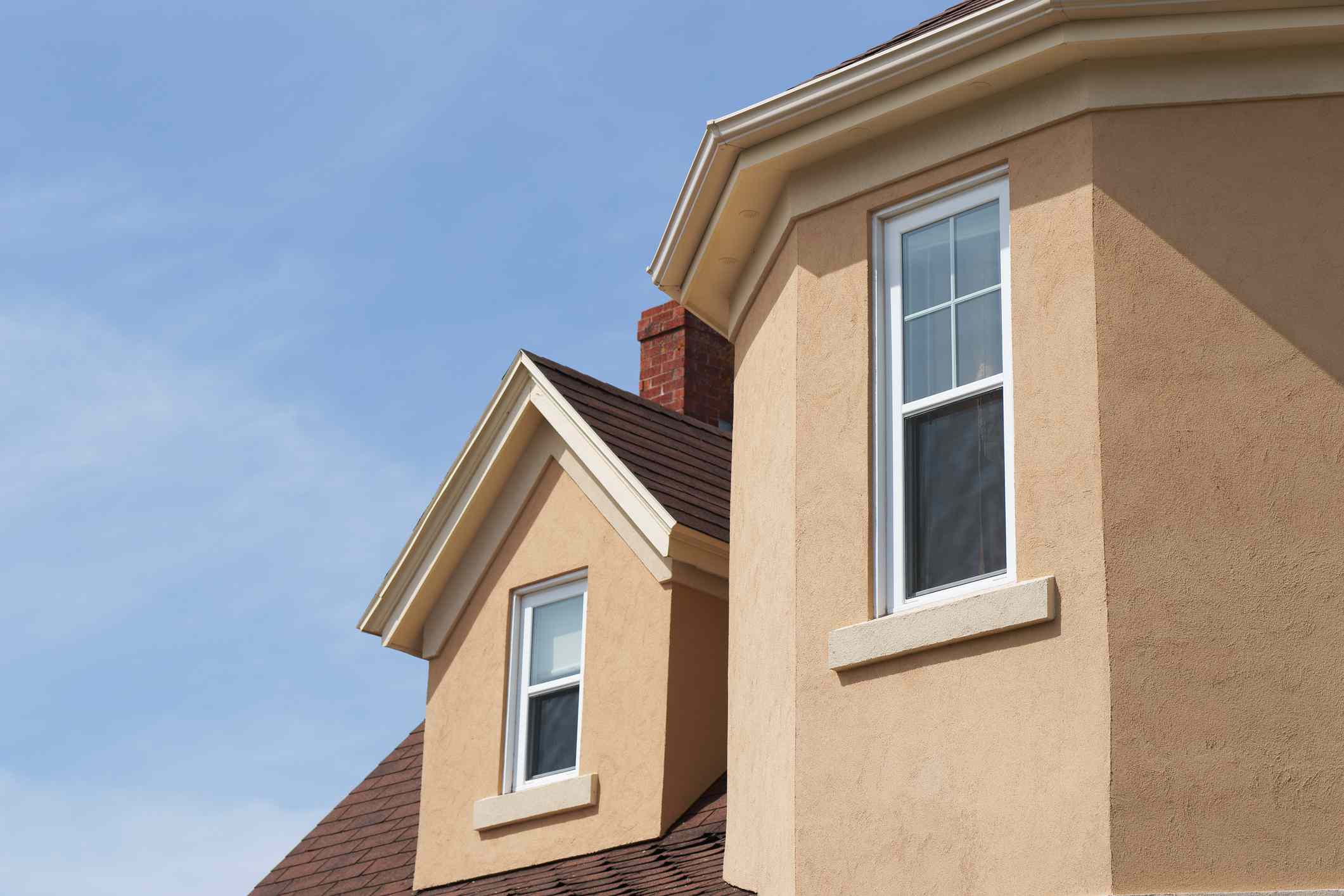
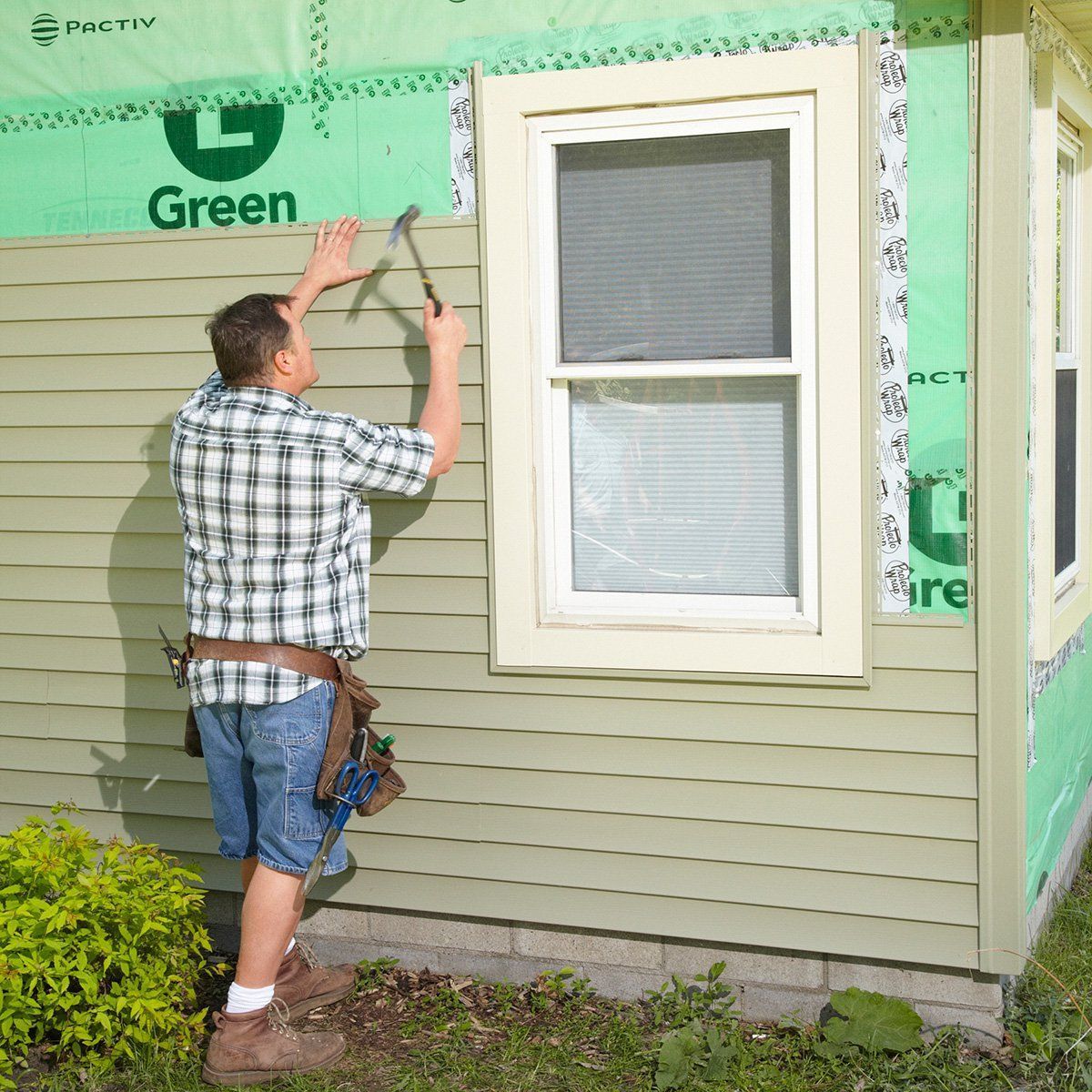
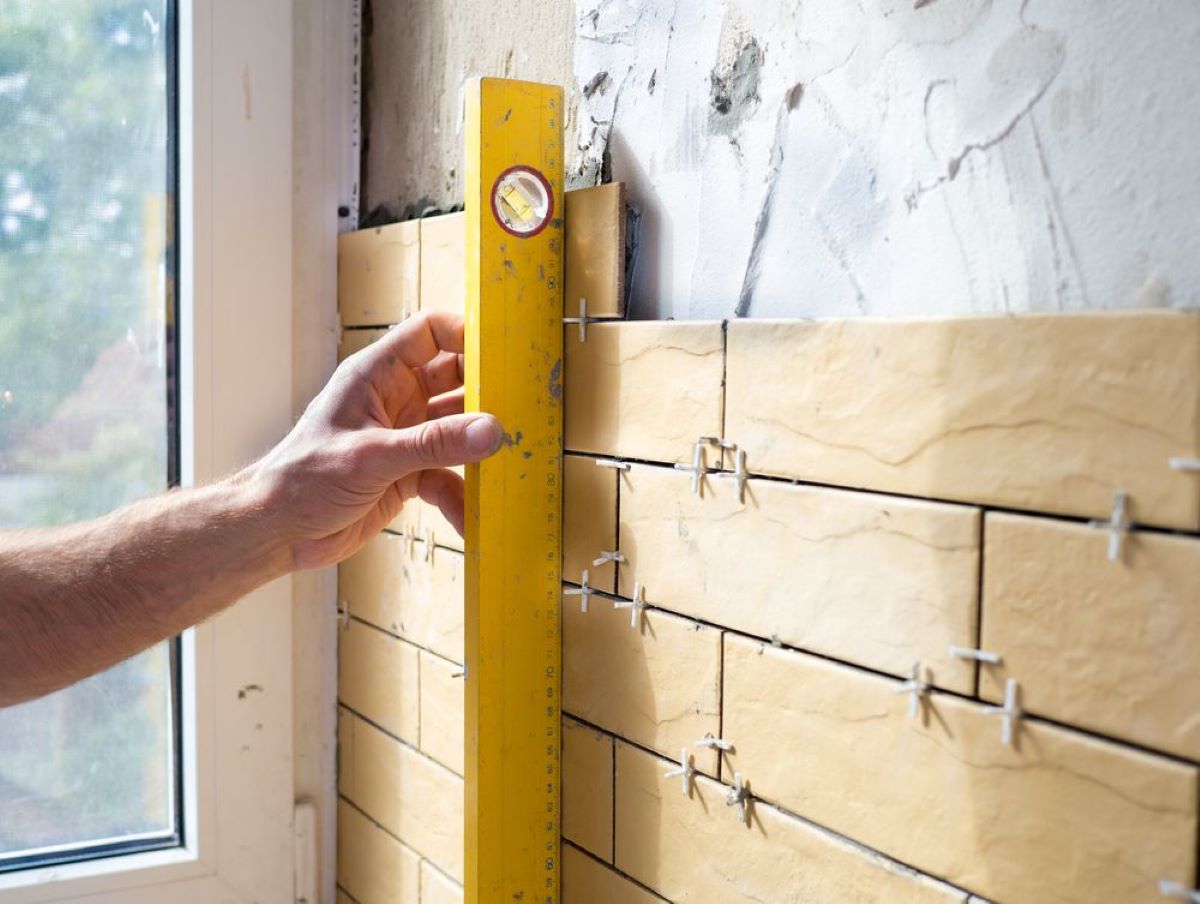
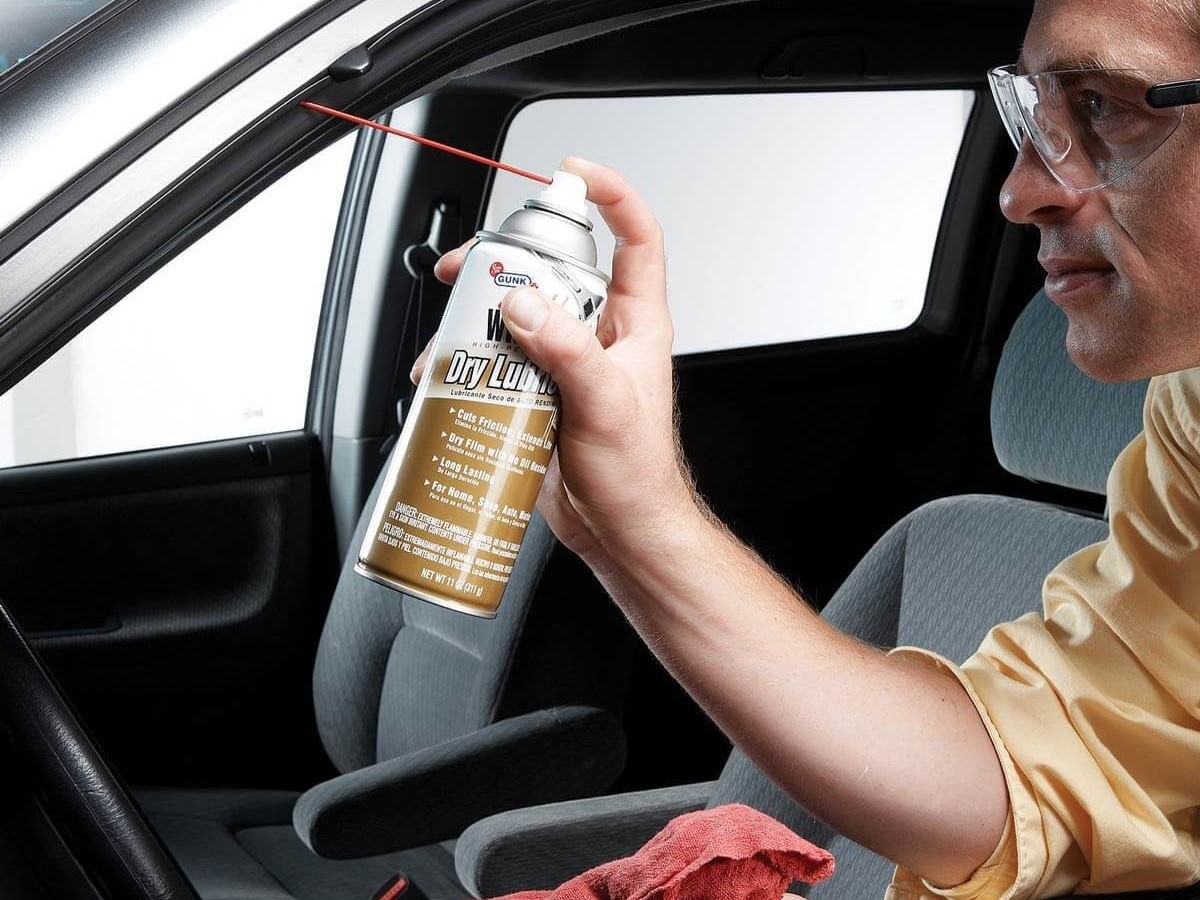
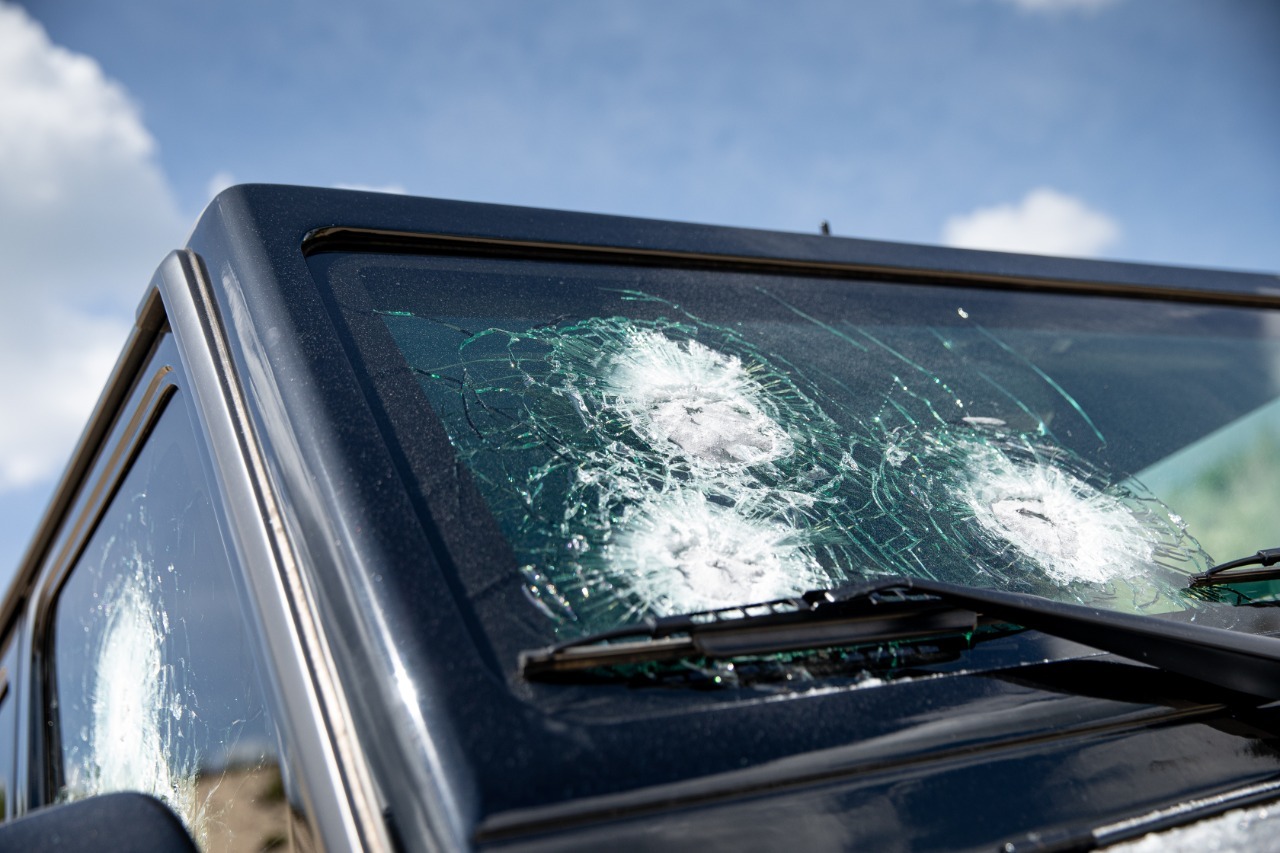
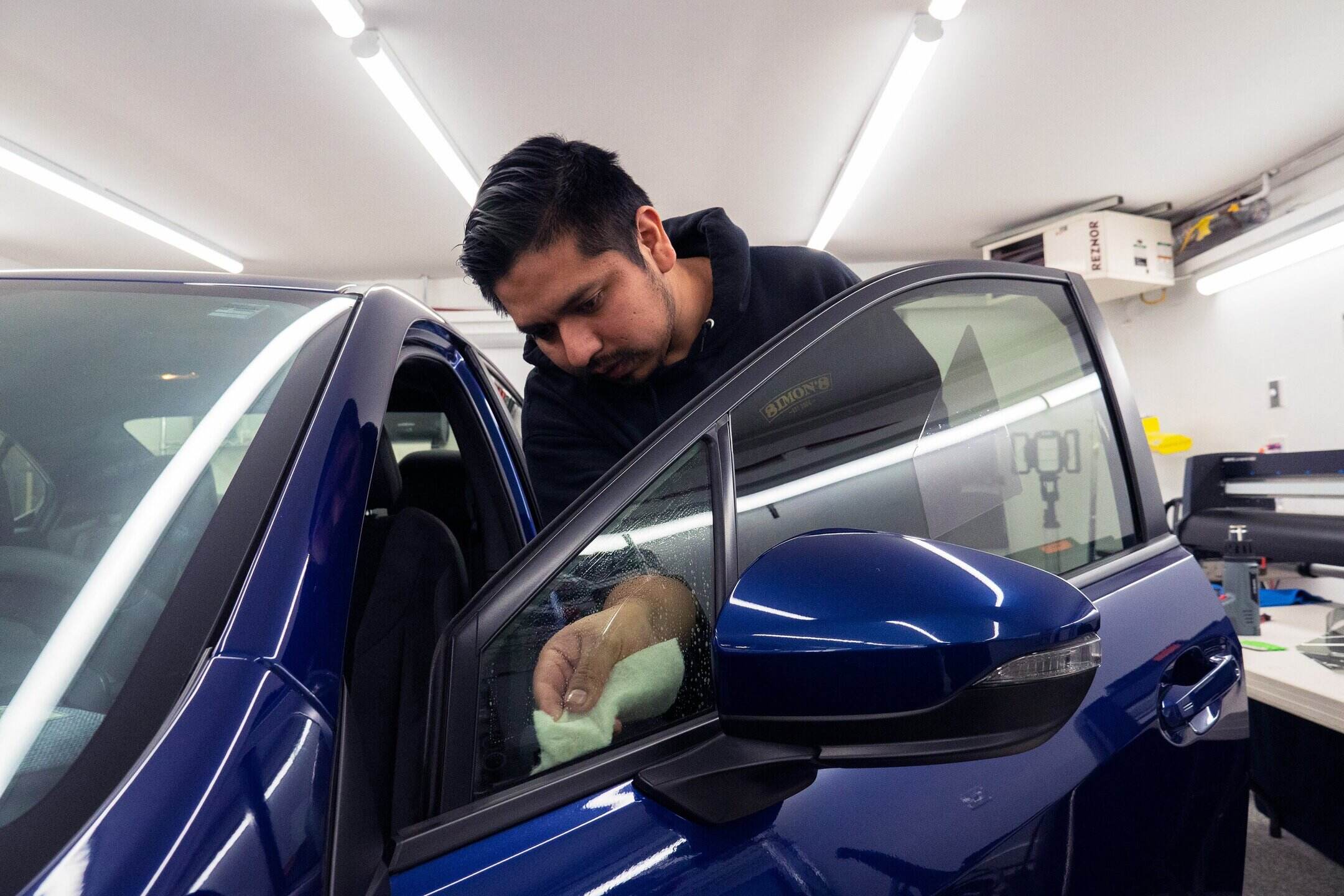
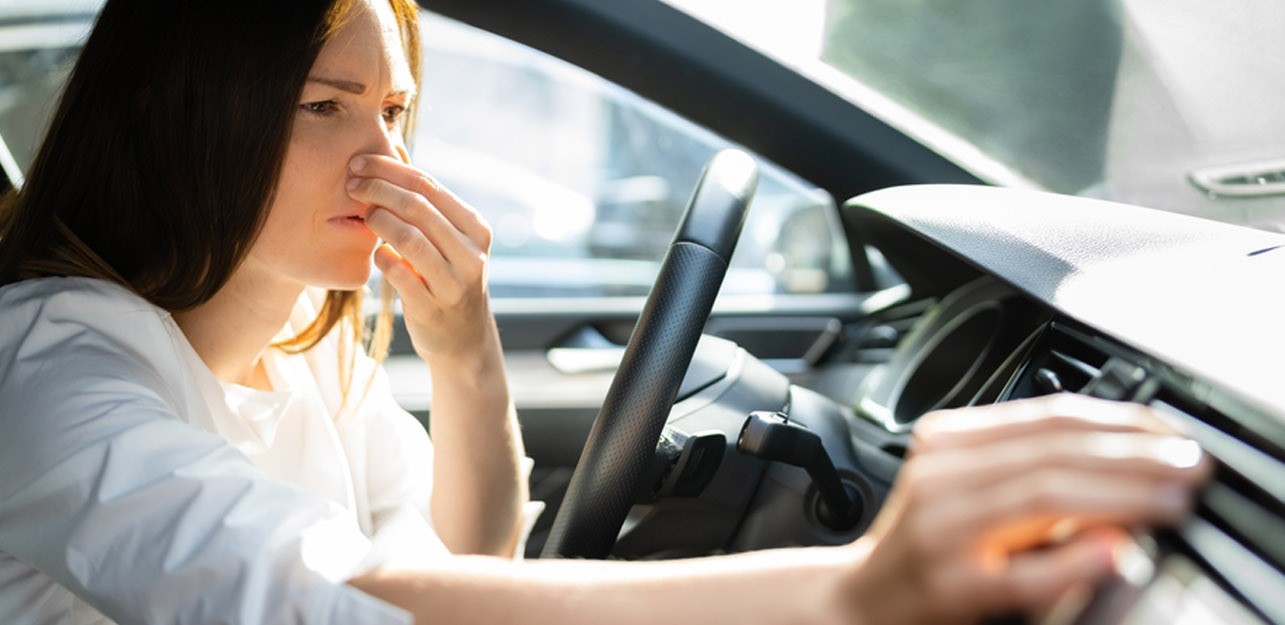

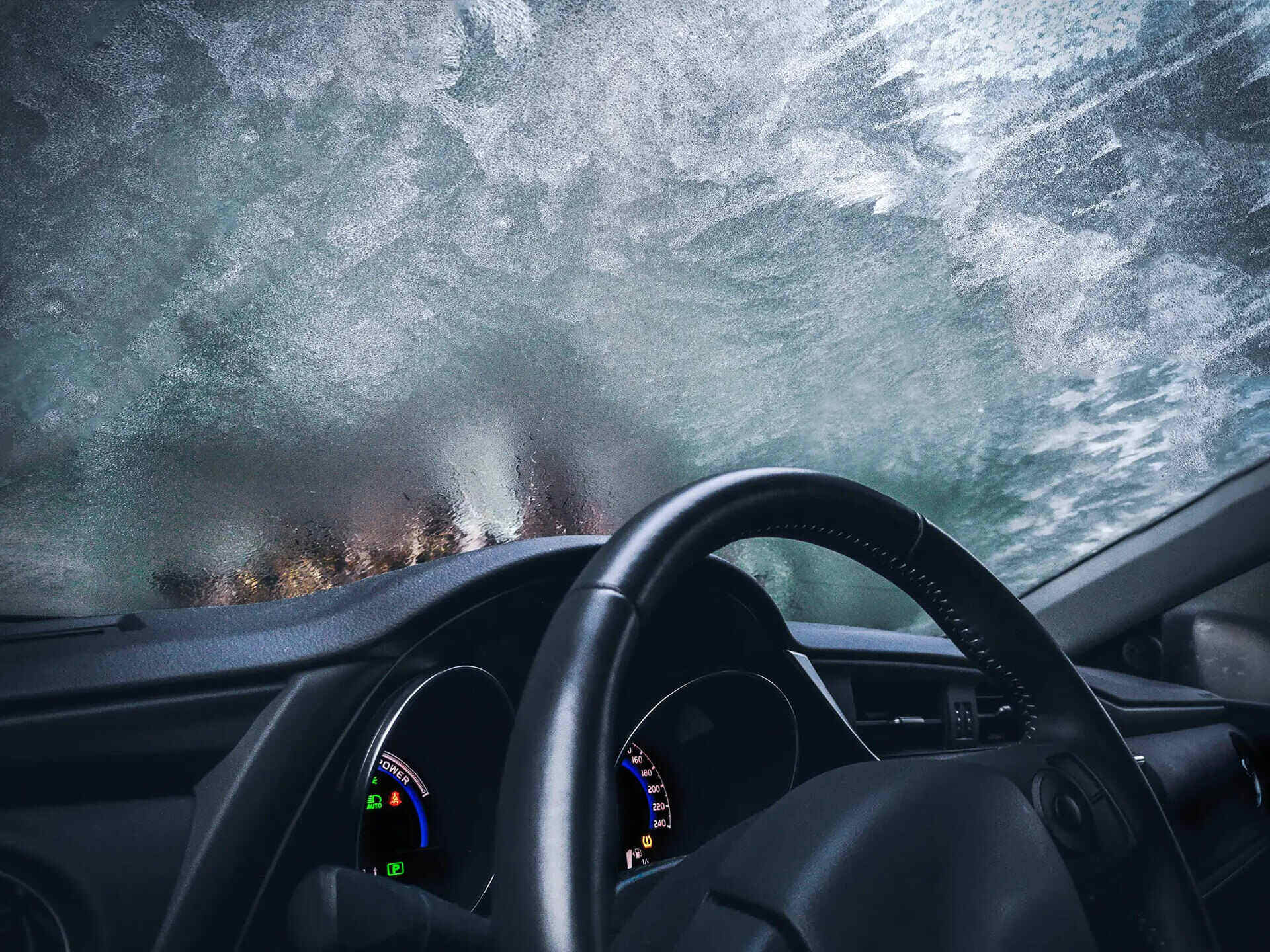
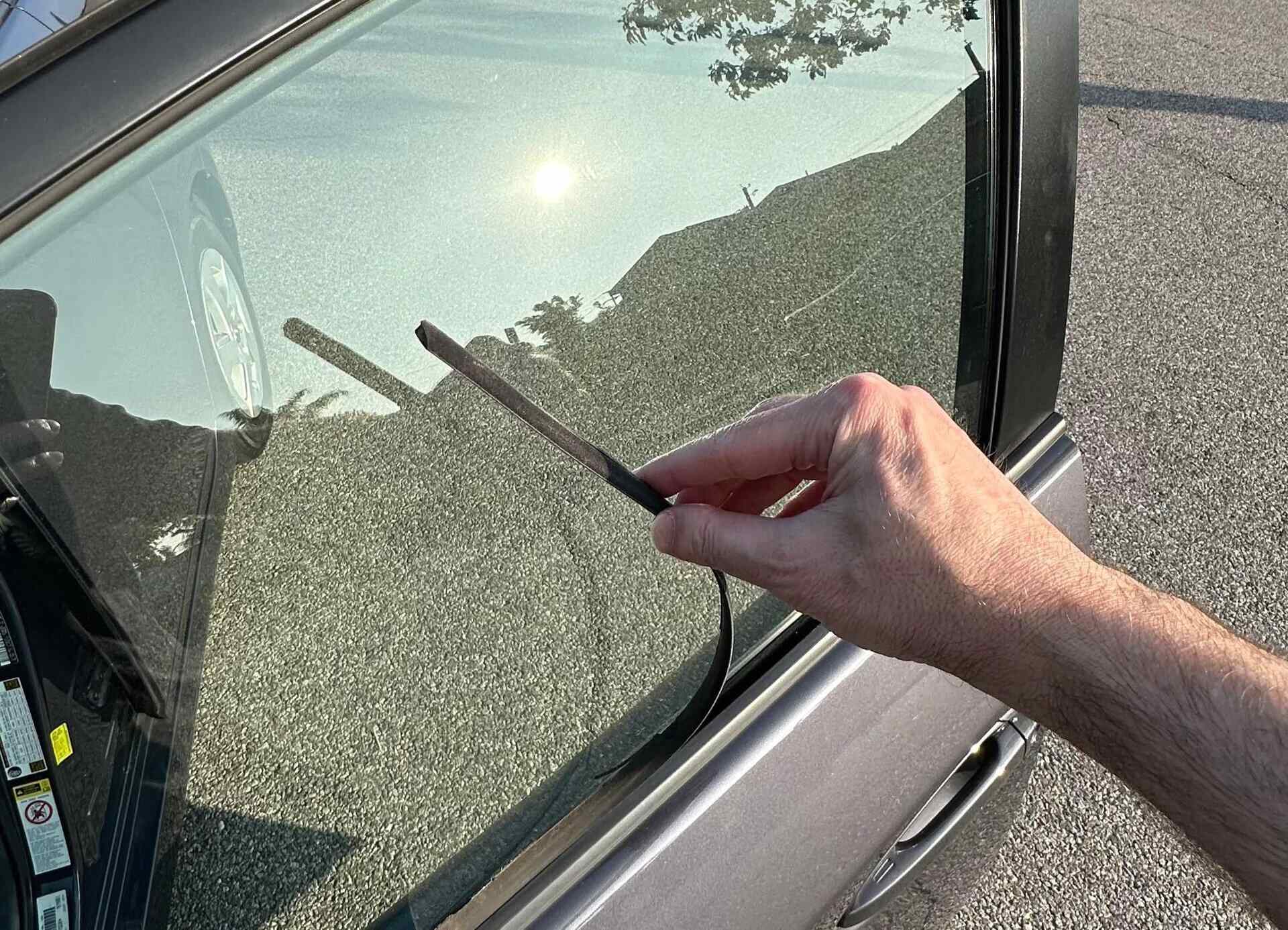
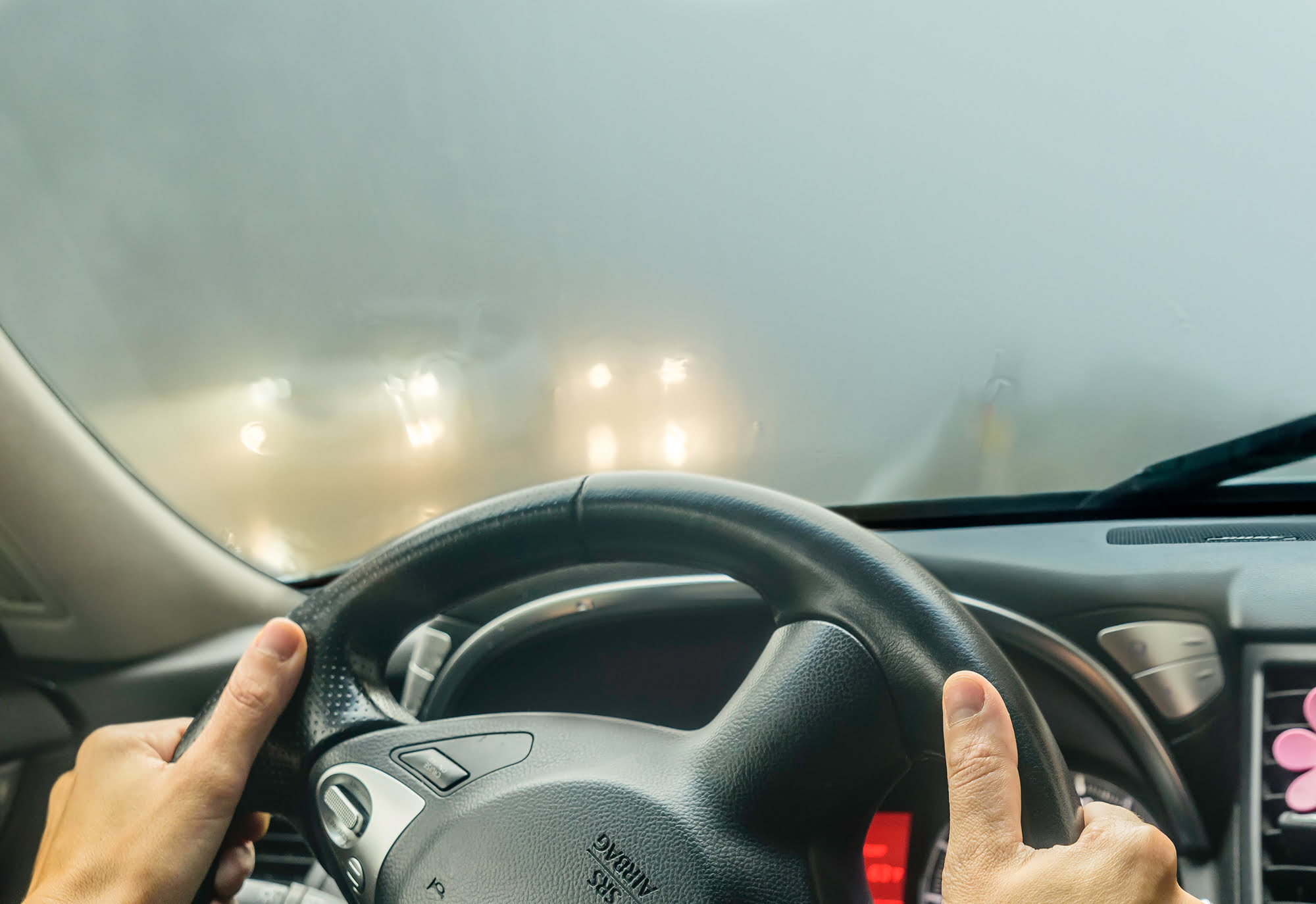
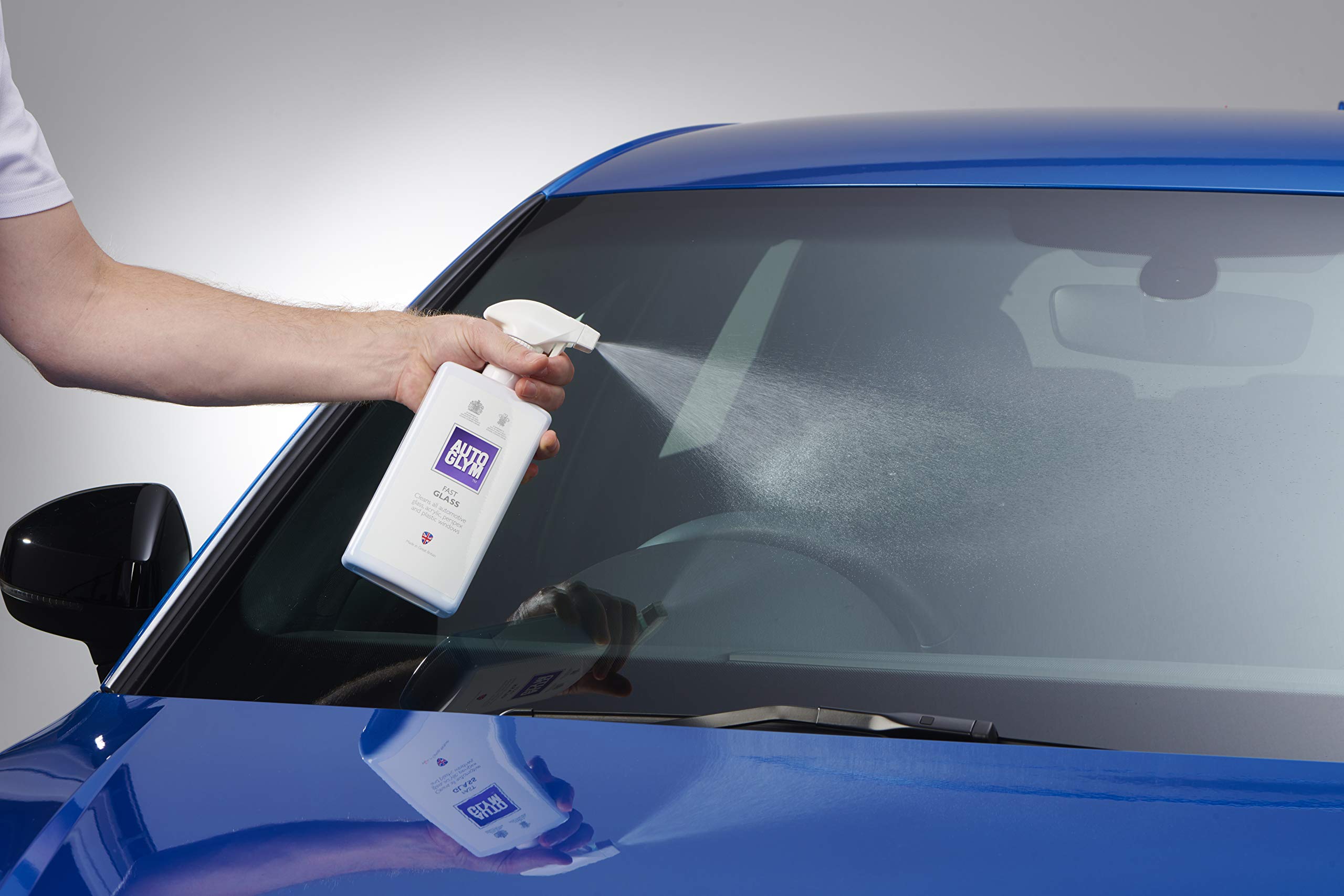
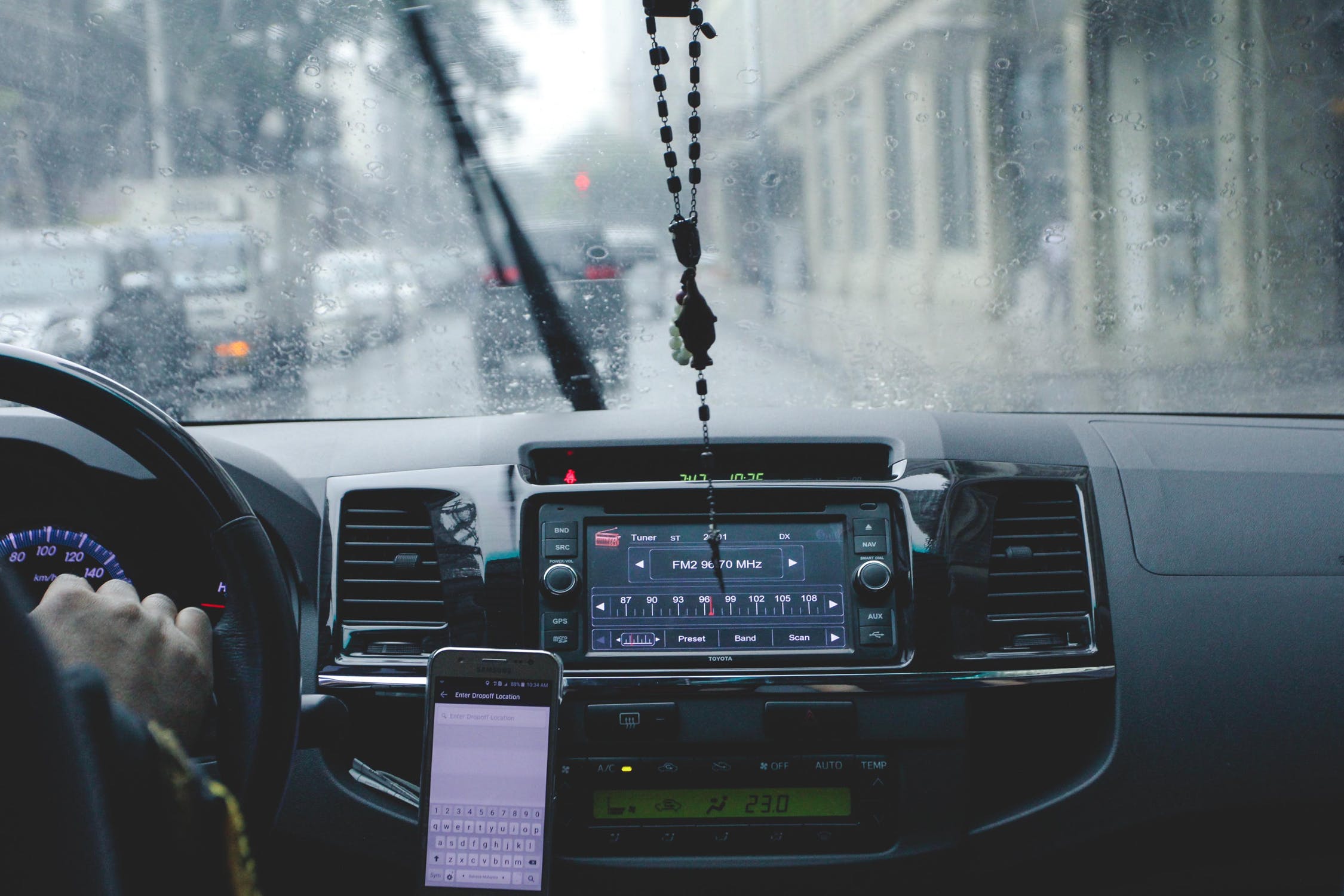
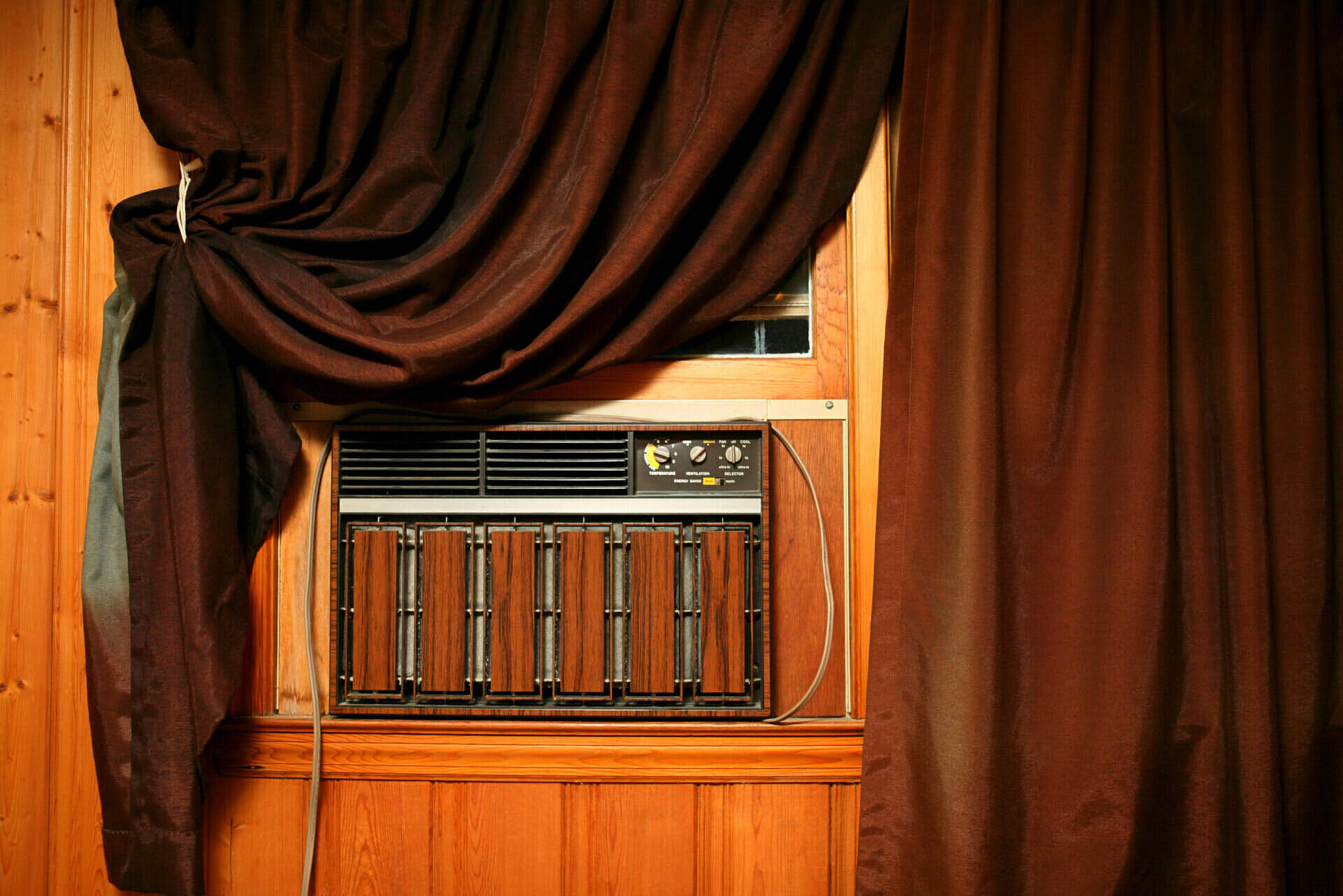

0 thoughts on “How To Restore Rubber Around Car Windows”